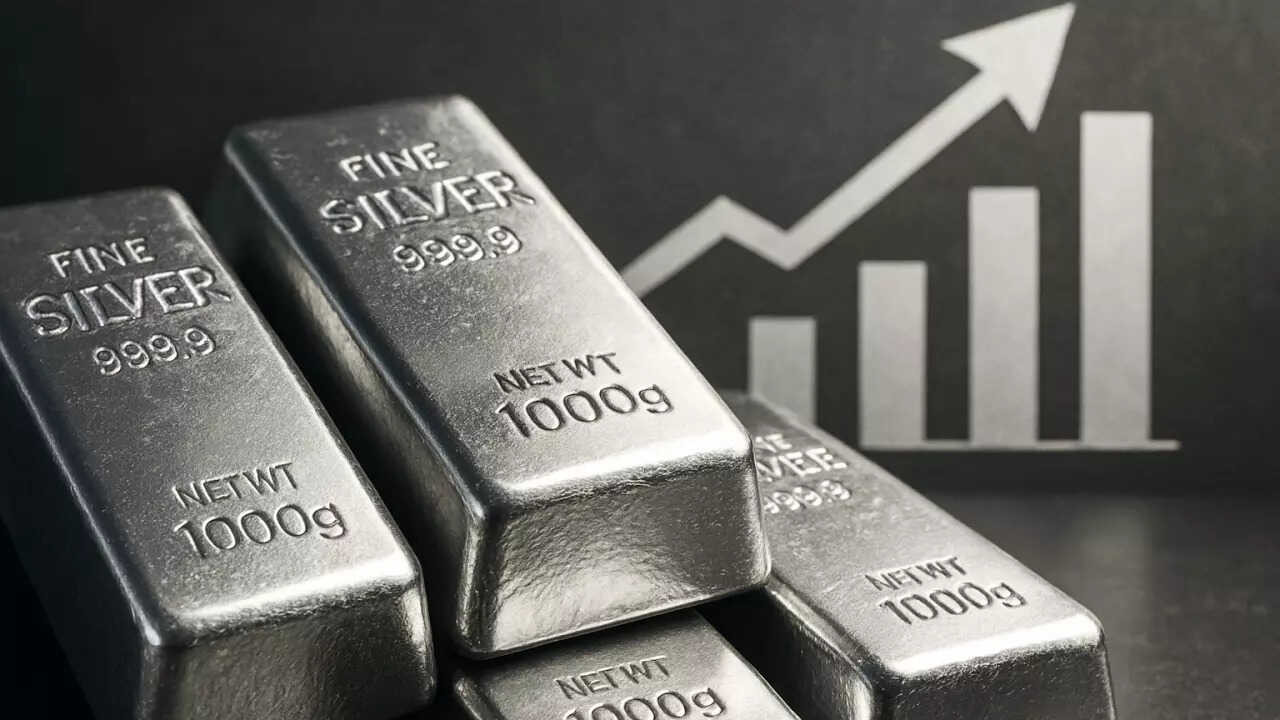The rupee edged down 3 paise to 86.08 against the dollar, reversing some of the previous day’s gains due to a stronger dollar and foreign fund outflows. Despite this dip, domestic equities surged, with the Sensex jumping 700 points. Investors are now awaiting key economic data, including current account figures and industrial production numbers, for further market direction.
Riding the Rupee Rollercoaster: What’s Next for the Indian Currency?
The Indian Rupee has been on a wild ride lately, and if you’re like most people, you’re probably wondering what it all means. After a spectacular surge that had everyone talking, the Rupee took a breather, settling at 83.08 against the US dollar. So, what caused this shift, and more importantly, where is the Rupee headed next?
Let’s unpack this a bit. The Rupee’s initial climb was fueled by a confluence of factors, including positive sentiment in the market and likely intervention by the Reserve Bank of India (RBI). It was a welcome change after a period of relative weakness, offering a glimmer of hope for importers and anyone traveling abroad. But currency markets are rarely straightforward, and the recent softening serves as a reminder of their inherent volatility.
Decoding the Dip: Why the Rupee Paused its Ascent
Several factors contributed to the Rupee’s recent pullback. One key element is the ever-present tug-of-war between supply and demand for the dollar. When demand for the dollar increases, as it often does when there’s uncertainty in the global economy or when importers need to make payments, the Rupee tends to weaken. Traders are closely monitoring trade cues, essentially keeping a watchful eye on India’s import and export activity. A wider trade deficit (when imports exceed exports) can put downward pressure on the Rupee.

Another critical piece of the puzzle is the RBI’s role. The central bank often steps in to manage currency volatility, buying or selling dollars to influence the exchange rate. Traders are eagerly awaiting the latest RBI data to get a better sense of the central bank’s strategy and its outlook on the Rupee’s future. It’s like trying to read the tea leaves, but with economic indicators instead of tea leaves!
The Global Context: A World of Influences on the Rupee
It’s essential to remember that the Rupee doesn’t operate in a vacuum. Global economic trends, geopolitical events, and the monetary policies of other major central banks all play a role. For example, if the US Federal Reserve decides to raise interest rates, it can strengthen the dollar, potentially putting downward pressure on the Rupee. Conversely, positive developments in the global economy can boost investor confidence and lead to increased capital inflows into India, which can strengthen the Rupee.
Furthermore, crude oil prices have a significant impact on the Indian currency, as India is a major oil importer. When oil prices rise, it increases the demand for dollars to pay for those imports, potentially weakening the Rupee.
Looking Ahead: What’s on the Horizon for the Indian Currency?
Predicting currency movements with certainty is a fool’s errand. However, we can identify some key factors that will likely influence the Rupee in the coming weeks and months.
* Global Economic Growth: A strong global economy generally supports a stronger Rupee, as it boosts exports and attracts investment.
* RBI Policy: The RBI’s stance on interest rates and its intervention in the currency market will be crucial.
* Inflation: Controlling inflation is key to maintaining the Rupee’s stability. See how the [RBI manages inflation targets](internal-link-to-inflation-article).
* Geopolitical Stability: Geopolitical risks can create uncertainty and volatility in currency markets.
* Capital Flows: Increased foreign investment in India can strengthen the Rupee.
In the near term, traders will be closely watching upcoming economic data releases, both in India and globally, for clues about the future direction of the Rupee. The RBI’s actions will also be under intense scrutiny.
Ultimately, the Rupee’s trajectory will depend on a complex interplay of domestic and global factors. While the recent softening may have caused some concern, it’s important to remember that currency fluctuations are a normal part of the economic landscape. Keeping a close eye on the key drivers and understanding the underlying dynamics will be essential for navigating the Rupee rollercoaster in the days ahead.
Final URL Slug: rupee-exchange-rate-analysis







